A friend visited the Pima Air & Space Museum (PASM) in Tucson a few weeks ago. I told her if any particular airplane spoke to her, I’d write an air-minded post on it. Well, you never know what’s going to catch someone’s eye. In her case, it was one of our orphans, a Douglas B-23 Dragon.
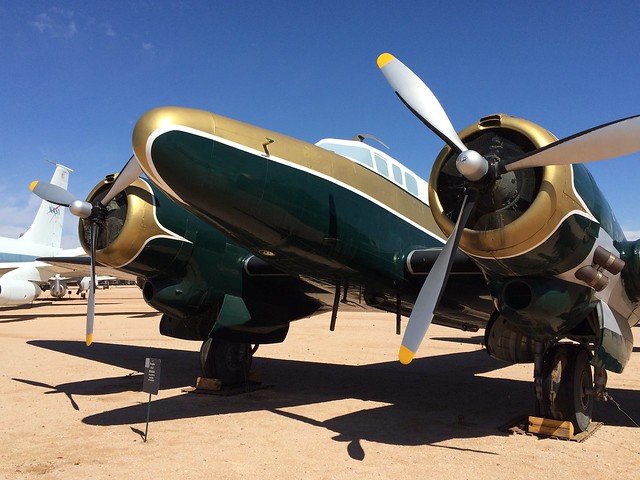
PASM’s Dragon has been heavily modified. At the start of its service life, in 1939, it was a bomber, patrolling the Pacific coastline on the lookout for Japanese submarines. At some point in WWII it may have been converted to a transport and redesignated a UC-67. After the war it was fitted out as a civilian corporate executive transport. Here’s what our Dragon probably looked like when it was new:
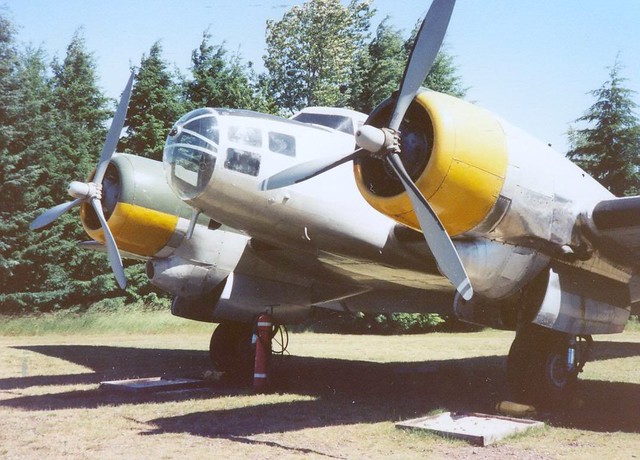
The Dragon started out as a redesign of the Douglas B-18 Bolo bomber, which had been introduced in 1936. Douglas built 350 Bolos for the Army Air Corps, but by the start of WWII the Army had come to view the type as obsolete, underpowered, and slow. Bolos were relegated to antisubmarine and transport roles as newer, more modern aircraft replaced them in bomber squadrons.
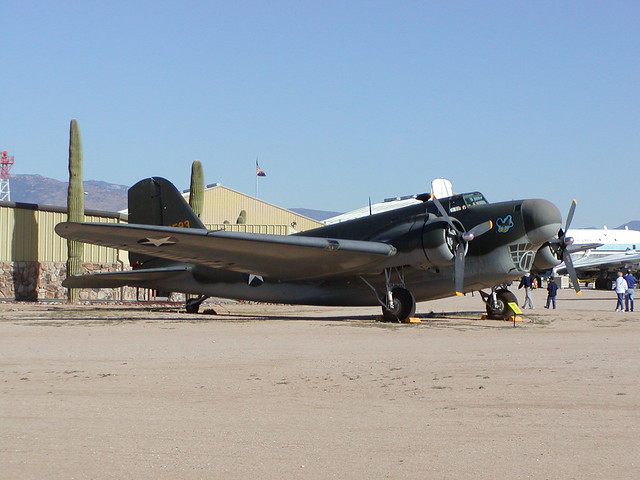
The Dragon, like the Bolo before it, used a wing design derived from Douglas Aircraft Company’s wildly successful 1930s civilian airliners, the DC-2 and DC-3. The Bolo’s wings and tail section are almost all DC-2. The Dragon’s wings are based on the DC-3’s.
In the end, the Army bought only 38 Dragons, which is one reason I think of it as an orphan. By the time Dragons began to enter service, newer medium bombers like the North American B-25 Mitchell and Martin B-26 Marauder had made the Dragon as obsolete as it’s Bolo predecessor.
There were some cool things about the Dragon, though. One, it was fast … it could cruise at 182 knots, way faster than the Bolo’s 145 knots. The B-23 had a 1,400 mile range, a great improvement over the Bolo’s 900 mile range. But the coolest thing of all, at least in my estimation, was its tail gun. The Dragon, the Army’s first operational bomber with a glazed tailgunner position, had such a slender and tapered tail the gunner had to lay prone facing aft, using a telescopic sight to aim his .50 caliber machine gun.
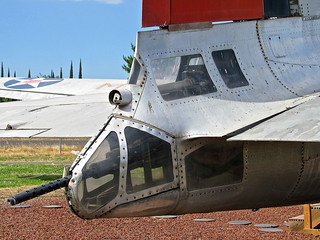 |
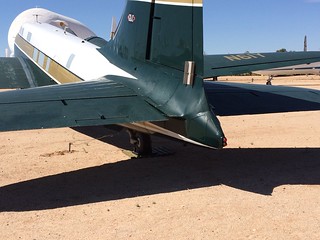 |
On the down side, the Dragon could haul just 2,000 pounds of bombs, where the older Bolo could carry more than 4,000 pounds. Newer bombers like the B-25 Mitchell and B-26 Marauder could cruise even faster than the Dragon while carrying up to double its bomb load. The Mitchell’s range was almost equal to the Dragon’s, while the Marauder’s was over 2,800 miles.
The Army never used the B-23 Dragon in combat, never deployed it outside the USA. That’s the other reason I think of it as an orphan. All 38 Dragons were based on the west coast and used as patrol aircraft. By the end of 1942 they had been relegated to training duties, and 18 were subsequently converted to transports and redesignated as UC-67s.
What I know about PASM’s Dragon is that before it came to us it was an executive transport for a civilian company, Great Lakes Carbon. It flew for GLC from 1967 to 1971. Before that it probably was used as an executive transport for other companies. Dragons, despite their lack of pressurization, were sought after as executive transports for their speed, and many had post-war civilian lives. You can tell whether a B-23 has been converted to a transport by the presence of stepped-down windows where the bomb bay used to be, as on PASM’s Dragon.
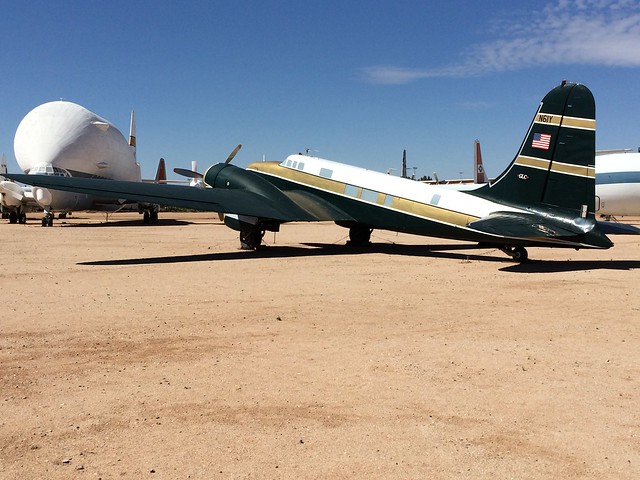
I haven’t asked my friend what attracted her to PASM’s Dragon, but I’m betting it was the paint job. It is a striking airplane, isn’t it?
If you’re interested, you can find more information and photos here: